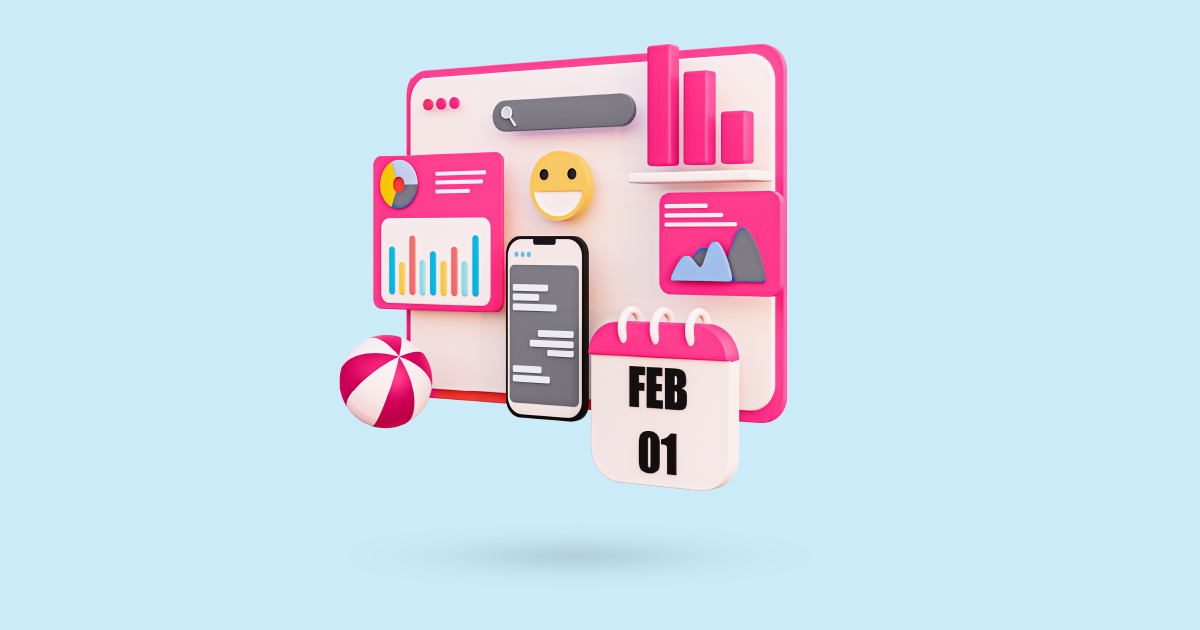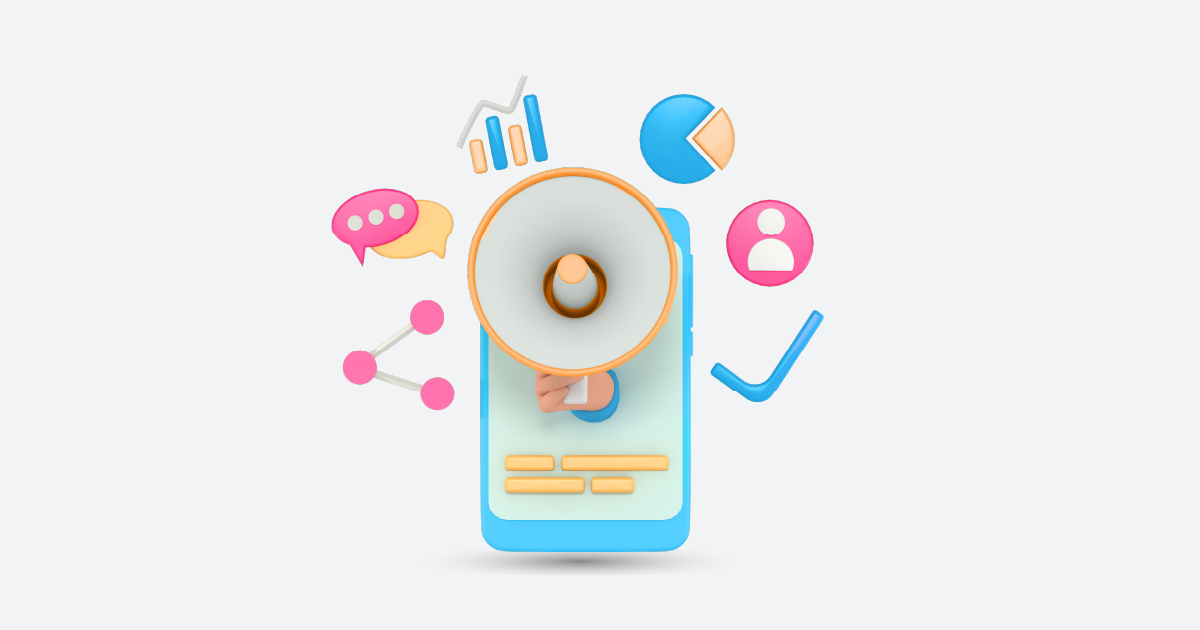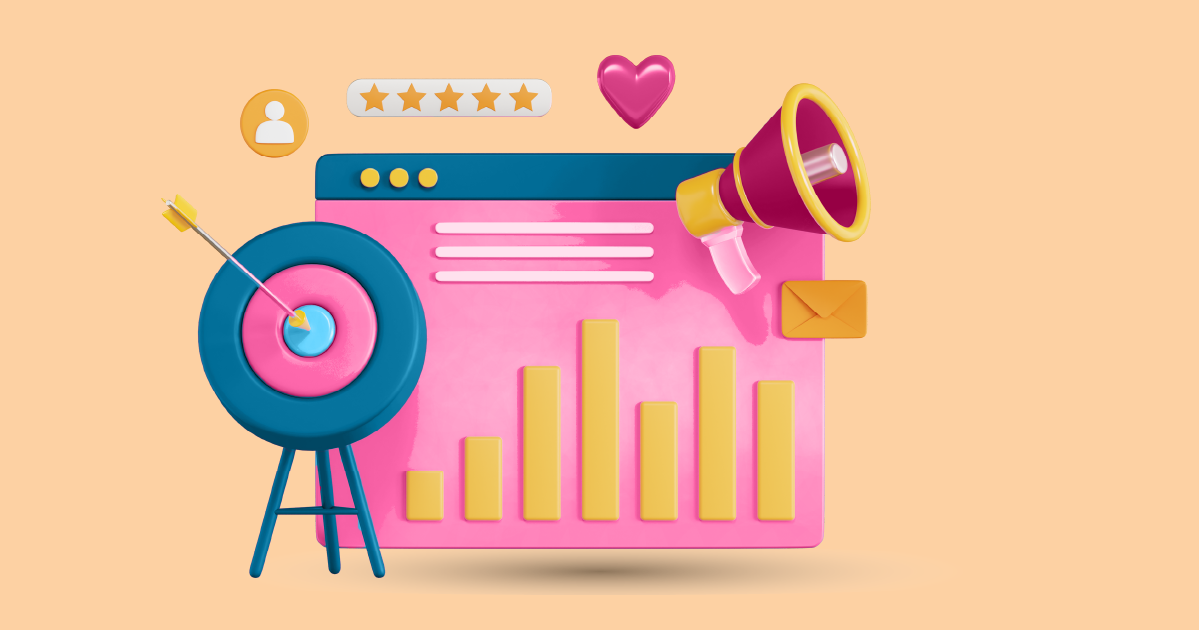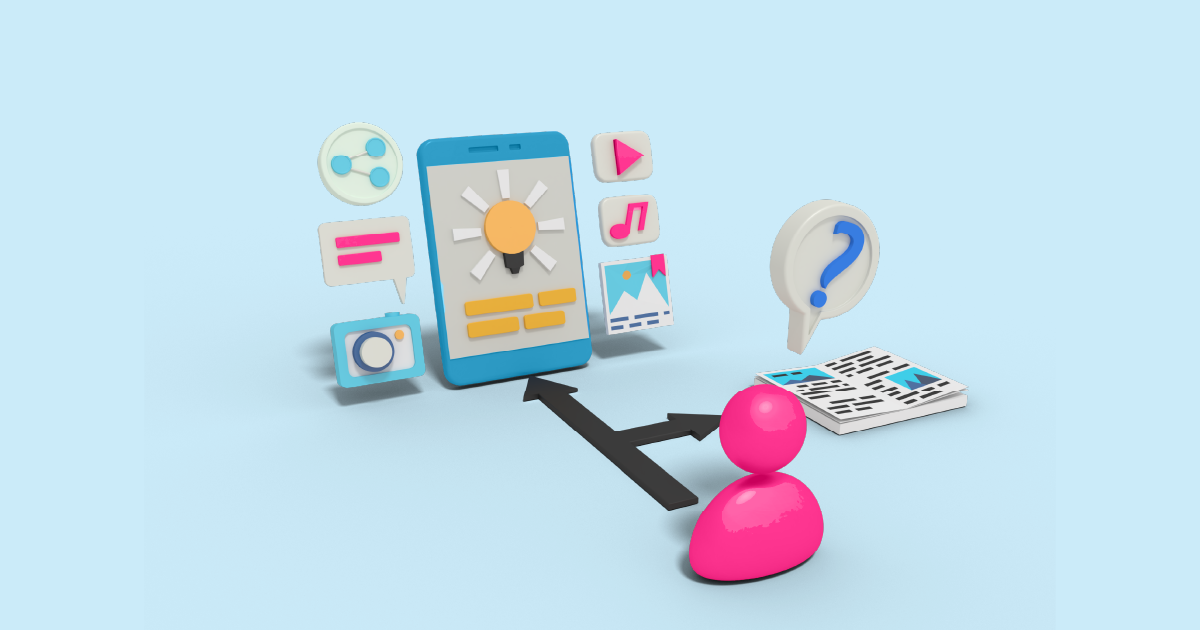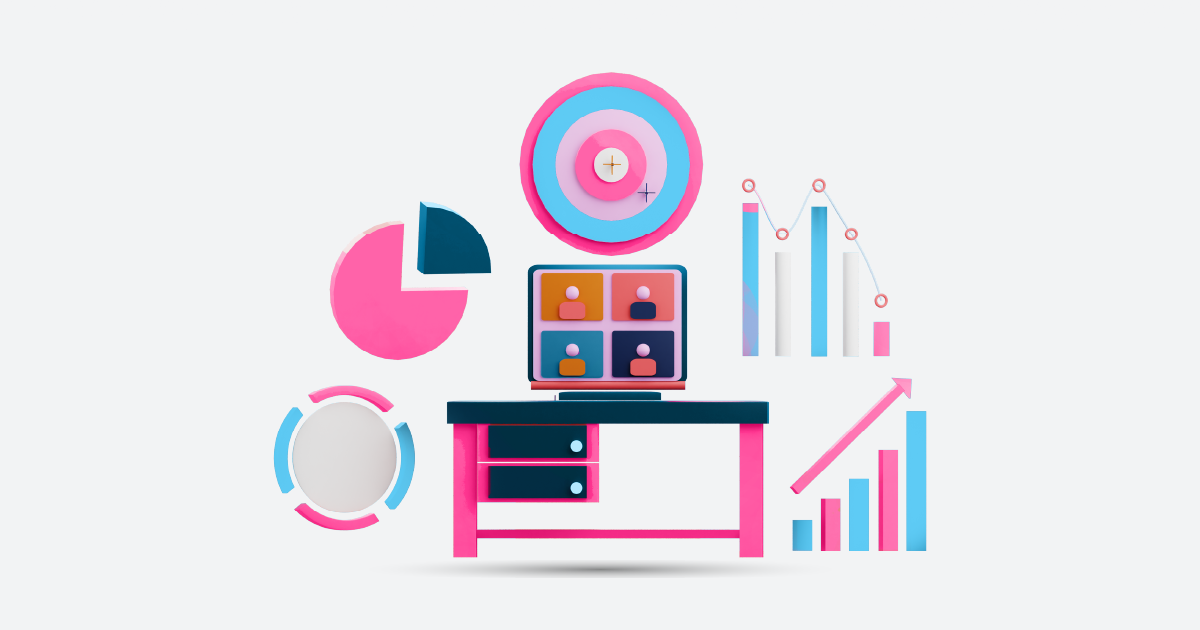In today’s hyper-connected world, social media isn’t just a platform for sharing selfies and funny cat videos. It’s a powerful tool that businesses use to connect with customers, build brands, and gather valuable insights. But how do companies know what people are saying about them online? That’s where social media monitoring comes into play.
What is Social Media Monitoring? How is it Used?

Definition and Importance
Social media monitoring is the process of tracking and analyzing online conversations about your brand, industry, or specific topics of interest. It’s like being a fly on the wall in a room full of people discussing your business, only it’s happening on a global scale across platforms like Twitter, Facebook, Instagram, and more.
Why is this important? Because what people say about your brand online can make or break your reputation. Social media monitoring gives you the tools to stay ahead of the conversation, allowing you to respond to customer feedback, manage crises, and even spot opportunities for growth.
Difference between Social Media Monitoring and Social Media Listening
While social media monitoring involves tracking specific keywords, mentions, and conversations, social media listening goes a step further by analyzing the broader trends and insights gathered from these conversations. Think of monitoring as the “what” and listening as the “why.”
How Does Social Media Monitoring Work?
Overview of Tools and Techniques
Social media monitoring works by using specialized tools that scan the web for mentions of your brand, keywords, or specific phrases. These tools gather data from various platforms, forums, blogs, and news sites, compiling it into a centralized dashboard where you can analyze it in real-time.
Types of Data Collected
The data collected during social media monitoring can include:
- Mentions of your brand: Direct and indirect references to your company or products.
- Keywords: Specific words or phrases relevant to your business or industry.
- Sentiment: The tone of the conversation (positive, negative, neutral).
- Engagement metrics: Likes, shares, comments, and retweets.
Why is Social Media Monitoring Essential for Businesses?
Brand Reputation Management
Your brand’s reputation is one of your most valuable assets. Social media monitoring allows you to keep tabs on what people are saying about your brand in real-time. If there’s a sudden spike in negative mentions, you can address the issue before it escalates into a full-blown PR crisis.
Customer Engagement and Support
In today’s world, customers expect quick responses, especially on social media. Monitoring helps you stay on top of customer queries, complaints, and feedback, ensuring that you can engage and support them promptly. This not only improves customer satisfaction but also builds loyalty.
Competitive Analysis
Keeping an eye on your competitors is crucial for staying ahead in the game. Social media monitoring allows you to track your competitors’ activities, identify their strengths and weaknesses, and even spot potential gaps in the market that you can exploit.
Crisis Management
A single tweet can spark a crisis. Social media monitoring enables you to detect and respond to potential issues before they spiral out of control. By being proactive, you can protect your brand’s reputation and maintain customer trust.
Key Components of Social Media Monitoring
Tracking Mentions and Keywords
At the heart of media monitoring is tracking mentions and keywords. By identifying the terms most relevant to your brand, industry, and target audience, you can ensure that you’re capturing the most important conversations.
Sentiment Analysis
Understanding the sentiment behind online conversations is crucial. Sentiment analysis helps you gauge how people feel about your brand, products, or services, allowing you to tailor your messaging and responses accordingly.
Influencer Identification
Influencers can have a significant impact on your brand’s reputation. Media monitoring tools can help you identify key influencers in your industry, allowing you to build relationships and leverage their reach to amplify your brand’s message.
Content Performance Tracking
Which of your posts are resonating with your audience? Media monitoring tools can track the performance of your content, helping you understand what works and what doesn’t. This insight is invaluable for refining your social media strategy.
Popular Tools for Social Media Monitoring
AIM Insights
AIM Insights is a leading social media monitoring tool known for its advanced analytics and AI-powered insights. It provides detailed reports on brand sentiment, audience demographics, and competitive analysis.
Hootsuite
Hootsuite is a comprehensive media management platform that includes powerful monitoring capabilities. It allows you to track mentions, keywords, and hashtags across multiple platforms, all from a single dashboard.
Sprout Social
Sprout Social offers robust media monitoring tools that help you track brand mentions, measure sentiment, and analyze engagement. Its intuitive interface makes it easy to manage your social media presence effectively.
Mention
Mention is a real-time media monitoring tool that tracks brand mentions, keywords, and hashtags across social media, blogs, and news sites. It’s ideal for businesses looking for a simple yet effective monitoring solution.
Social Media Monitoring vs. Social Media Listening
Understanding the Differences
While media monitoring focuses on tracking specific mentions and conversations, social media listening delves deeper into understanding the broader context and trends. Monitoring is reactive—it’s about catching mentions as they happen. Listening, on the other hand, is proactive—it’s about analyzing these mentions to extract insights that can inform your strategy.
How They Complement Each Other
Media monitoring and listening work hand in hand. Monitoring provides the data while listening provides the analysis. Together, they offer a comprehensive view of your brand’s online presence, helping you make informed decisions.
How to Set Up a Social Media Monitoring Strategy
Defining Goals and Objectives
Before diving into media monitoring, it’s essential to define your goals. Are you looking to improve customer service, manage your brand’s reputation, or gain insights into competitors? Clear objectives will guide your monitoring efforts.
Choosing the Right Tools
Not all media monitoring tools are created equal. Choose a tool that aligns with your goals, offers the features you need, and fits your budget. Consider factors like ease of use, integration with other platforms, and the quality of insights provided.
Setting Up Alerts and Notifications
To stay on top of conversations, set up alerts for key mentions, keywords, and hashtags. This way, you’ll receive real-time notifications whenever your brand is mentioned online, allowing you to respond promptly.
Analyzing and Interpreting Data
Collecting data is only half the battle. The real value lies in analyzing and interpreting that data to uncover actionable insights. Look for patterns, trends, and anomalies that can inform your strategy and help you achieve your goals.
Challenges
Data Overload
With the sheer volume of data generated on social media, it’s easy to feel overwhelmed. Filtering out the noise and focusing on what’s relevant is a key challenge in social media monitoring.
Managing Negative Feedback
Negative feedback is inevitable, but how you handle it can make all the difference. Media monitoring helps you identify and address negative comments before they escalate, but managing these situations with tact and transparency is crucial.
Keeping Up with Platform Changes
Social media platforms are constantly evolving, and staying up to date with these changes is essential for effective monitoring. Regularly review and adjust your monitoring strategy to account for new features, algorithms, and trends.
Best Practices for Effective Media Monitoring
Regularly Updating Keywords and Phrases
The keywords and phrases relevant to your brand will evolve. Regularly update your monitoring parameters to ensure you’re capturing the most relevant conversations.
Engaging with Customers Proactively
Don’t just monitor—engage. Use the insights gained from media monitoring to proactively engage with your customers, address their concerns, and build stronger relationships.
Collaborating with Other Departments
Media monitoring isn’t just for the marketing team. Share your findings with other departments, such as customer service, product development, and sales, to ensure a unified approach to managing your brand’s online presence.
Case Studies
Nike
Nike’s media monitoring strategy is a benchmark for the industry. The brand uses monitoring tools to track mentions and sentiments around its campaigns, allowing it to respond to trends and customer feedback in real-time.
Starbucks
Starbucks leverages media monitoring to maintain its reputation as a customer-centric brand. By tracking customer feedback and engaging with users online, Starbucks ensures that it remains connected with its audience.
Netflix
Netflix’s media monitoring strategy is focused on understanding viewer preferences and trends. The brand uses insights from monitoring to personalize its content recommendations and engage with fans on social media.
Future Trends
AI and Machine Learning Integration
The future of media monitoring lies in AI and machine learning. These technologies will enable more accurate sentiment analysis, predictive analytics, and personalized insights, making monitoring more powerful than ever.
Predictive Analytics
Predictive analytics will take media monitoring to the next level by allowing brands to anticipate trends and potential crises before they happen. This proactive approach will be key to staying ahead of the competition.
Personalization and Hyper-Targeting
As social media monitoring tools become more sophisticated, they will enable brands to deliver highly personalized content and experiences to their audiences. Hyper-targeting will allow for more relevant and engaging interactions.
Conclusion
Social media monitoring is no longer optional—it’s a must-have for any brand looking to thrive in the digital age. By keeping a pulse on online conversations, businesses can manage their reputation, engage with customers, and stay ahead of the competition. Whether you’re a small business or a global brand, the insights gained from social media monitoring can drive your strategy and help you achieve your goals.
Want to see how advanced social media monitoring can transform your business? Request a demo from AIM Technologies today and discover how our cutting-edge tools can enhance your social media strategy.
FAQs
What is the difference between media monitoring and social media listening?
- Media monitoring tracks mentions and keywords, while social media listening analyzes broader trends and insights.
Can media monitoring help with crisis management?
- Yes, by detecting potential issues early, media monitoring can help you respond to crises before they escalate.
What tools are best for media monitoring?
- Popular tools include Hootsuite, Sprout Social, AIM Insights, and Mention.
How often should I update my media monitoring strategy?
- Regularly review and adjust your strategy to account for changes in your brand, industry, and social media platforms.
Why is sentiment analysis important in media monitoring?
- Sentiment analysis helps you understand the tone of conversations about your brand, allowing you to tailor your responses effectively.
